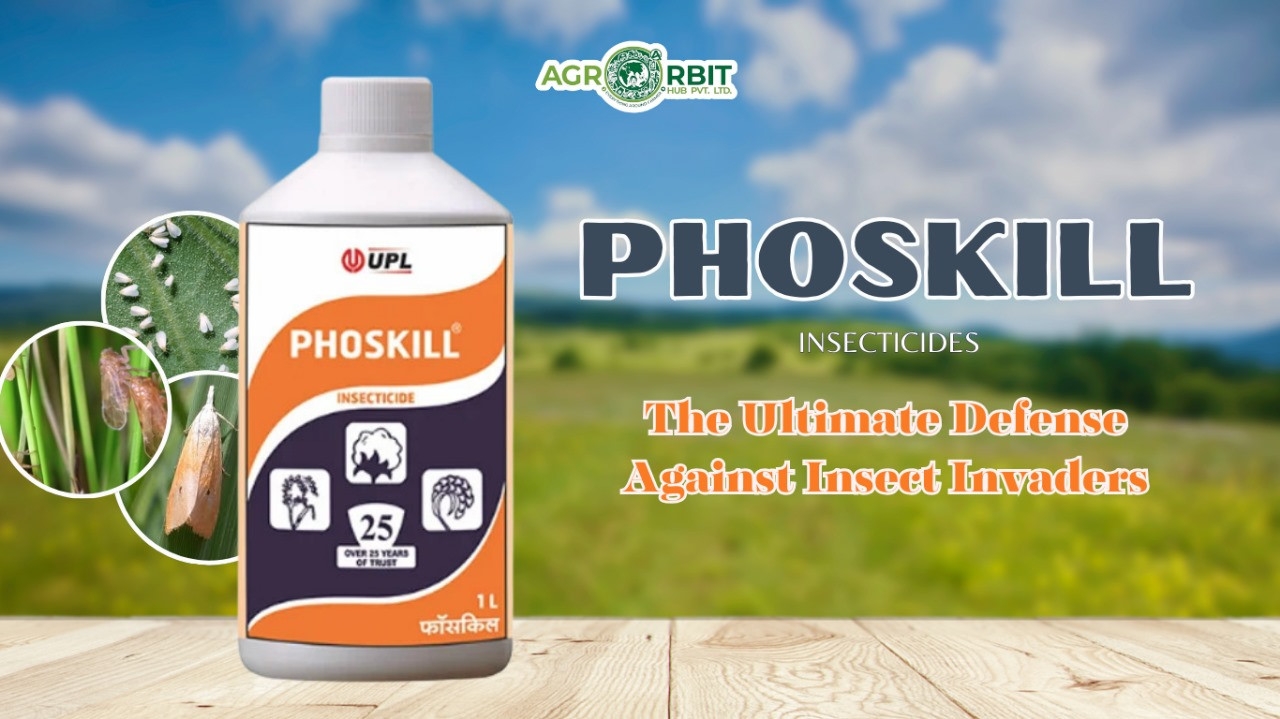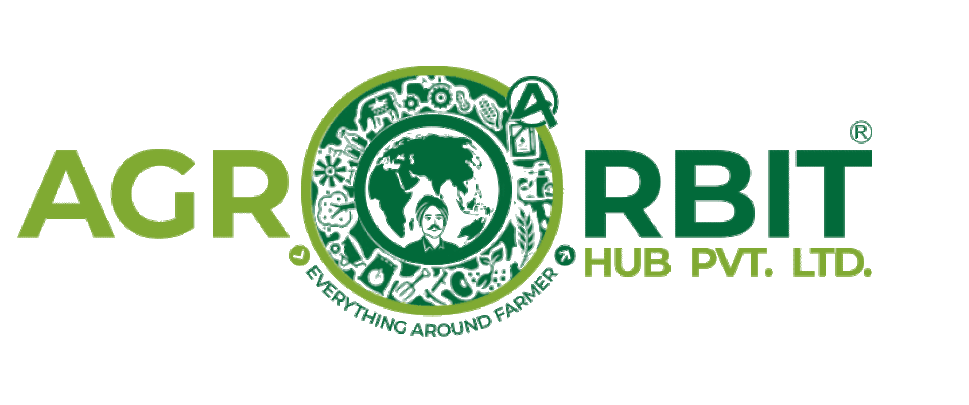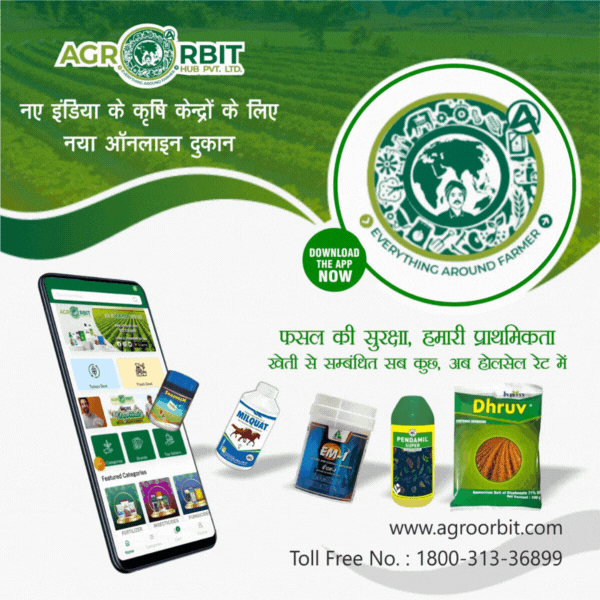

Unveiling the Power of Phoskill: A Comprehensive Guide
Unveiling the Power of Phoskill: A Comprehensive Guide
In the realm
of agriculture, where the battle against pests is a constant struggle, farmers
seek effective solutions to protect their crops and ensure bountiful harvests.
Among the arsenal of insecticides, one powerful tool stands out: Phoskill.
Introduction Phoskill
Phoskill Insecticide, with its active ingredient Monocrotophos 36% SL, is a formidable weapon against a wide range of chewing and sucking pests that plague crops. From aphids and thrips to mites and whiteflies, Phoskill offers comprehensive control, making it a valuable asset in pest management strategies.
Versatile
Application
One of the
key advantages of Phoskill is its versatility in application. Farmers can
administer Phoskill as a foliar spray or a soil drench, providing flexibility
in combating pests based on crop type and infestation severity. Whether it's
cereals, vegetable crops, fruit crops, or pulses, Phoskill offers reliable
protection across various agricultural landscapes.
Effective
Pest Control
Phoskill
targets an array of destructive pests that threaten crop health and yield.
Among its adversaries are the Brown Plant Hopper (BPH), Green Leafhopper (GLH),
Leaf Folder, Yellow Stem Borer, Pod Borer, Bollworms, Aphids, Jassids, Thrips,
and Whiteflies. By targeting these pests at various stages of their life cycle,
Phoskill helps prevent damage and preserve crop quality.
Crop
Compatibility
Phoskill is
suitable for a wide range of crops, including cereals, vegetable crops, fruit
crops, and pulses. Whether it's protecting rice paddies from stem borers or
safeguarding tomato plants from aphids, Phoskill offers reliable protection
across diverse agricultural landscapes.
Enhanced
Crop Yield and Quality
By
effectively controlling pest infestations, Phoskill helps farmers optimize crop
yields and maintain quality standards. With reduced pest damage, crops can
reach their full potential, leading to higher profitability and marketability
for farmers.
Cost-Effective
Solution: Phoskill Insecticide provides a cost-effective solution for pest
management, offering effective control at competitive prices. Its efficacy in
targeting multiple pest species can lead to reduced pesticide usage and lower
overall input costs for farmers.
Sustainable
Pest Management: When used responsibly and in accordance with recommended
guidelines, Phoskill contributes to sustainable pest management practices.
Integrated Pest Management (IPM) strategies, which incorporate Phoskill
alongside other pest control methods, promote ecological balance and minimize
environmental impact.
Safety
and Sustainability
While Phoskill is potent against pests, it's essential to prioritize safety and sustainability in agricultural practices. Farmers must adhere to recommended application rates and safety guidelines to minimize environmental impact and protect beneficial organisms. Integrated Pest Management (IPM) strategies, which incorporate Phoskill judiciously alongside other pest control methods, promote long-term sustainability in agriculture.
"Phoskill: Your Shield Against Insect Invaders"
Target
Insects:
The efficacy
of Phoskill extends to a multitude of pests that threaten crop health and
productivity. Among its adversaries are:
Brown Plant
Hopper (BPH): Known for causing hopper burn in rice and affecting yield.
Green
Leafhopper (GLH): Feeds on plant sap, leading to stunted growth and reduced
yield.
Leaf Folder:
Causes leaf damage and affects photosynthesis, leading to reduced plant vigor.
Yellow Stem
Borer: Burrows into rice stems, weakening plants and causing lodging.
Pod Borer:
Attacks legume crops, leading to pod damage and reduced seed quality.
Bollworms:
Infest cotton crops, causing damage to bolls and reducing fiber quality.
Aphids: Suck
plant sap and transmit viral diseases, leading to stunted growth and yield
loss.
Jassids:
Pierce plant tissues and feed on sap, causing yellowing and leaf curling.
Thrips: Feed
on leaves and buds, causing distortion and discoloration of plant tissues.
Whiteflies:
Suck plant sap and transmit viral diseases, leading to wilting and yield loss.
Conclusion:
Phoskill
Insecticide emerges as a trusted ally in the battle against agricultural pests,
offering effective control and versatile application across a wide range of
crops. With its ability to target chewing and sucking pests at various stages
of development, Phoskill provides farmers with a valuable tool to safeguard
their crops and optimize yields.
As farmers
embrace Phoskill as part of their pest management strategies, it's crucial to
prioritize safety, sustainability, and responsible use to ensure the continued
health of crops, ecosystems, and communities. By harnessing the power of
Phoskill alongside sustainable agricultural practices, farmers can cultivate
thriving crops while minimizing environmental impact.
In the journey towards a greener and more resilient agricultural future, Phoskill stands as a testament to innovation and efficacy, offering hope for a world where crops flourish, and communities thrive.
Note : This research is based on google we are not responsible for any other circumstances.







